The Mystery Of The Mayans / Learn Spanish and English
Learn Spanish With History
Spanish Vocabulary
Press on each word below to discover its meaning
Selvas / Jungles
Which Means, Jungles: Dense, tropical forests, often found in regions with high rainfall.
The phrase in this story: En las densas selvas de la península de Yucatán.
Astronomía / Astronomy
Which Means, Astronomy: The scientific study of celestial objects, space, and the universe as a whole.
The phrase in this story: con su conocimiento avanzado de astronomía.
Pirámides / Pyramids
Which Means, Pyramids: Monumental structures with a square or triangular base and sloping sides that meet in a point at the top, often associated with ancient civilizations.
The phrase in this story: imponentes pirámides que apuntaban hacia los cielos.
Jeroglífica / Hieroglyphic
Which Means, Hieroglyphic: A writing system using symbols or pictures used in ancient times, particularly by the Egyptians and Mayans.
The phrase in this story: un complejo sistema de escritura jeroglífica.
Preciso / Accurate
Which Means, Accurate: Free from errors, exact, and correct.
The phrase in this story: un calendario extremadamente preciso.
Arqueólogos / Archaeologists
Which Means, Archaeologists: Scientists who study human history and prehistory through the excavation and analysis of artifacts and other physical remains.
The phrase in this story: los arqueólogos continúan desenterrando los secretos de los mayas.
Legado / Legacy
Which Means, Legacy: Something handed down by a predecessor, especially something meaningful or significant.
The phrase in this story: el legado de los mayas perdura.

El misterio de los Mayas
Learn and improve your Spanish and English Through Stories
El misterio de los mayas Spanish Version
Entre las sombras de la selva: El auge y la caída de los mayas
En lo profundo de las densas selvas de la península de Yucatán, la niebla de la madrugada cubre lentamente las ruinas de lo que alguna vez fue una civilización majestuosa. Los rayos del sol, que ahora tocan las antiguas piedras cubiertas de musgo, no han cambiado desde que los mayas alzaron sus ojos hacia los cielos, intentando descifrar los secretos del cosmos. Eran astrónomos, matemáticos, arquitectos, pero, sobre todo, una cultura cuya grandeza dejó una huella indeleble en la historia de la humanidad.
Los inicios de una civilización legendaria
El pueblo maya no solo habitó las selvas de lo que hoy conocemos como Guatemala, Belice, Honduras y México, sino que floreció en un entorno que, para muchos, habría sido inexplorable. Entre el siglo III y el IX d.C., ciudades como Tikal, Chichén Itzá y Palenque se convirtieron en centros neurálgicos de poder y conocimiento. En esas ciudades, la civilización maya alcanzó un apogeo cultural y tecnológico que dejó asombrados a sus contemporáneos.
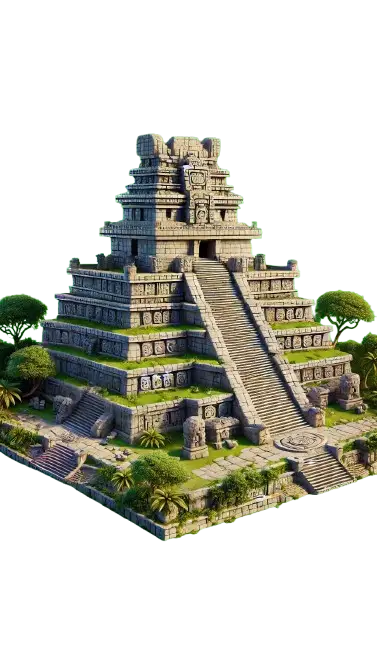
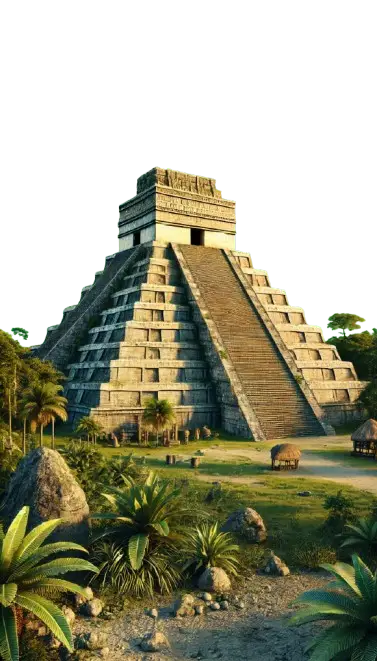
Las pirámides de Tikal, por ejemplo, fueron construidas de manera tal que cada piedra parecía apuntar al cielo, no como meros monumentos, sino como una representación física de su conexión espiritual con el universo. El corazón de su civilización latía con un fervor religioso y astronómico. Cada ciudad maya, más allá de su función política y económica, también era un observatorio astronómico. Los sacerdotes, con túnicas adornadas de plumas y joyas, subían a las pirámides para estudiar los movimientos de las estrellas y planetas, con el fin de realizar predicciones y establecer el calendario agrícola.
Un conocimiento que desafiaba a su tiempo
Los mayas se destacaron por su precisión en la medición del tiempo. Su calendario, el Haab, que constaba de 365 días, es una de las pruebas más impresionantes de su conocimiento avanzado. Incluso desarrollaron un segundo calendario, el Tzolk’in, de 260 días, utilizado para rituales religiosos y eventos importantes. La combinación de ambos calendarios formaba el ciclo de la Rueda Calendárica, un sistema cíclico de 52 años que organizaba su vida cotidiana, eventos sociales y ceremonias religiosas.
Pero no solo sus conocimientos en astronomía eran impresionantes. Los mayas crearon un sistema de escritura jeroglífica único en el continente americano. Este les permitió registrar acontecimientos históricos, mitos y, por supuesto, conocimientos científicos. Sus códices, lamentablemente muchos destruidos durante la colonización, contenían una vasta cantidad de información que los arqueólogos modernos aún intentan descifrar.
La misteriosa caída de las ciudades mayas
Pero a medida que los siglos avanzaban, algo inusual comenzó a suceder. Las ciudades que habían sido centros de poder durante siglos, comenzaron a ser abandonadas. El esplendor de sus pirámides ya no vibraba con las ceremonias y sacrificios que tanto caracterizaban a su religión. Para el siglo X, muchas de las principales ciudades mayas habían sido abandonadas, y su poder se desvaneció en medio de la densa jungla. ¿Qué ocurrió?
Las teorías sobre el colapso de la civilización maya son diversas. Algunos expertos sugieren que una serie de sequías severas, exacerbadas por la deforestación masiva para la construcción de sus grandes ciudades, podría haber provocado una hambruna devastadora. Otros apuntan a la guerra constante entre las ciudades-estado, lo que habría fragmentado su sociedad y debilitado su capacidad de resistir las crisis internas.
Un factor adicional podría haber sido la creciente presión sobre los recursos naturales. La agricultura intensiva, junto con el aumento de la población, generó un impacto ecológico que finalmente llevó a la inestabilidad política y social. Sin embargo, a pesar de estas teorías, el colapso de los mayas sigue siendo uno de los mayores misterios arqueológicos.
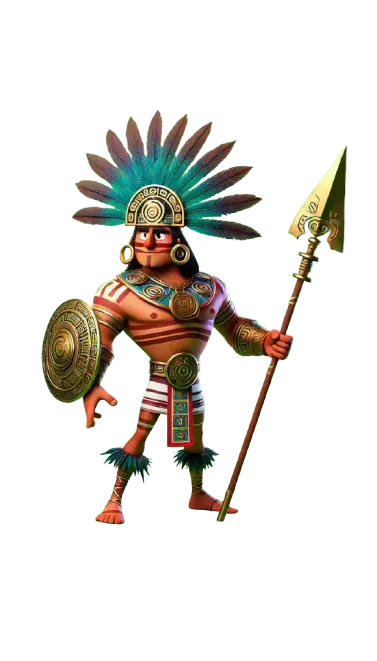

El legado que permanece
Aunque las grandes ciudades fueron abandonadas y la civilización maya en su forma original desapareció, su legado perdura. Sus descendientes aún habitan gran parte de Mesoamérica, manteniendo vivas muchas de sus tradiciones, idioma y creencias. Además, las ruinas de sus ciudades, hoy visitadas por miles de turistas, nos recuerdan el ingenio y la resiliencia de un pueblo que, en su apogeo, dominó gran parte de Centroamérica.
Los arqueólogos siguen excavando entre las ruinas, descubriendo nuevos secretos que nos permiten comprender mejor la complejidad y la grandeza de la civilización maya. Cada descubrimiento, desde templos enterrados hasta inscripciones jeroglíficas, nos acerca un poco más a entender cómo un pueblo que observaba las estrellas con tanta precisión pudo caer en el olvido, y cómo, aún después de su desaparición, siguen asombrando al mundo moderno.
Conclusión
En las profundidades de la selva, las pirámides mayas aún se erigen como un testimonio del esplendor de una civilización perdida. Cada piedra cuenta una historia de sabiduría, poder y misterio. Y mientras sigamos buscando respuestas en las ruinas, el eco de los mayas continuará resonando, recordándonos que el pasado siempre tiene algo que enseñarnos.

The Mystery of the Mayans
Aprende y mejora tu español e ingles a travez de historias
The Mystery of the Mayans English Version
In the Shadows of the Jungle: The Rise and Fall of the Mayans
Deep within the dense jungles of the Yucatán Peninsula, the morning mist slowly cloaks the ruins of what was once a majestic civilization. The rays of the sun, now touching the ancient, moss-covered stones, have not changed since the Maya lifted their eyes to the skies, seeking to unlock the secrets of the cosmos. They were astronomers, mathematicians, architects, but above all, a culture whose greatness left an indelible mark on human history.
The beginnings of a legendary civilization
The Maya did not just inhabit the jungles of what we now know as Guatemala, Belize, Honduras, and Mexico; they flourished in an environment that, for many, would have been impenetrable. Between the 3rd and 9th centuries AD, cities like Tikal, Chichén Itzá, and Palenque became bustling centers of power and knowledge. In these cities, the Maya civilization reached a cultural and technological zenith that astounded their contemporaries.
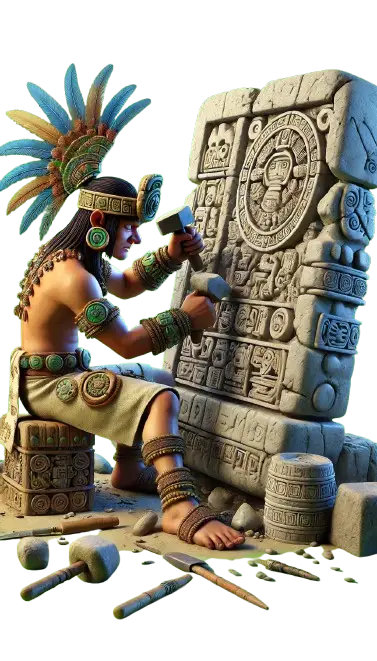
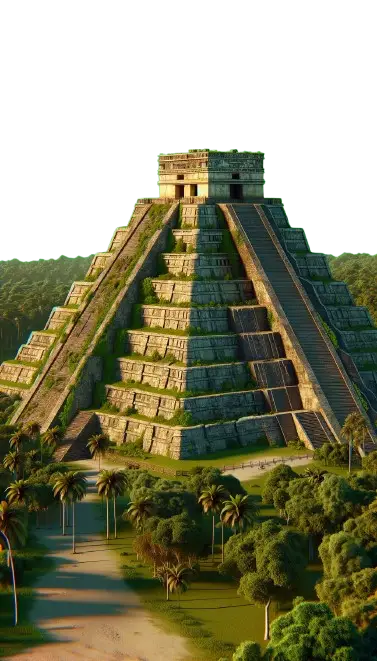
The pyramids of Tikal, for example, were built in such a way that each stone seemed to point to the heavens, not just as mere monuments but as a physical representation of their spiritual connection to the universe. The heart of their civilization beat with a fervent religious and astronomical pulse. Every Maya city, beyond its political and economic functions, was also an astronomical observatory. Priests, clad in robes adorned with feathers and jewels, would ascend the pyramids to study the movements of stars and planets to make predictions and establish the agricultural calendar.
Knowledge that defied its time
The Maya stood out for their precise measurement of time. Their calendar, the Haab, which consisted of 365 days, is one of the most impressive pieces of evidence of their advanced knowledge. They even developed a second calendar, the Tzolk’in, of 260 days, used for religious rituals and important events. The combination of both calendars formed the Calendar Round, a 52-year cyclical system that organized their daily lives, social events, and religious ceremonies.
But their knowledge wasn’t limited to astronomy. The Maya created a unique hieroglyphic writing system in the Americas, which allowed them to record historical events, myths, and, of course, scientific knowledge. Their codices, many of which were tragically destroyed during colonization, contained vast amounts of information that modern archaeologists are still trying to decipher.
The mysterious fall of Mayans cities
As the centuries passed, something unusual began to happen. The cities that had been centers of power for centuries started to be abandoned. The grandeur of their pyramids no longer echoed with the ceremonies and sacrifices that so characterized their religion. By the 10th century, many of the major Maya cities had been abandoned, and their power faded into the dense jungle. What happened?
Theories about the collapse of the Maya civilization are varied. Some experts suggest that a series of severe droughts, exacerbated by massive deforestation for the construction of their great cities, may have led to devastating famine. Others point to constant warfare between city-states, which would have fragmented their society and weakened their ability to withstand internal crises.
An additional factor may have been the increasing pressure on natural resources. Intensive agriculture, along with a growing population, generated an ecological impact that eventually led to political and social instability. However, despite these theories, the collapse of the Maya remains one of the greatest archaeological mysteries.
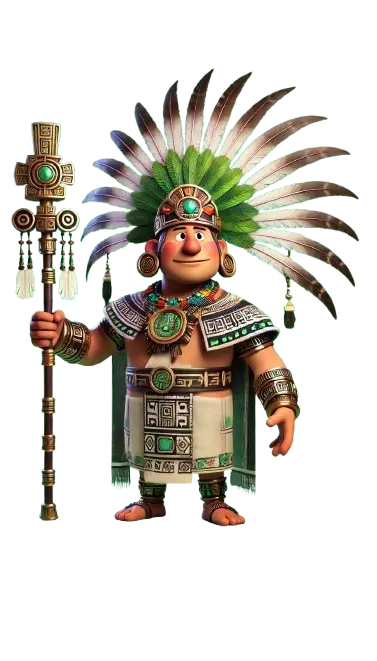
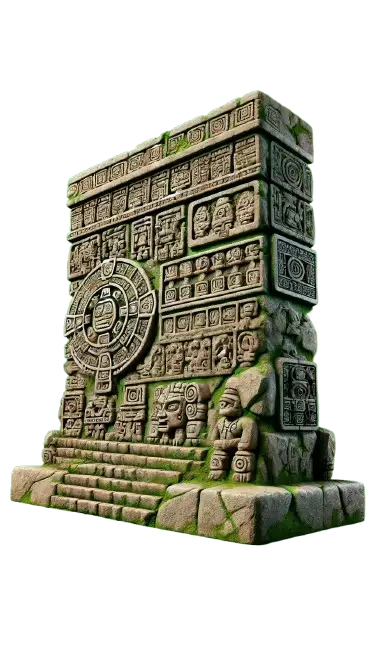
A legacy that endures
Although the great cities were abandoned, and the Maya civilization in its original form disappeared, their legacy endures. Their descendants still inhabit much of Mesoamerica, keeping many of their traditions, language, and beliefs alive. Furthermore, the ruins of their cities, now visited by thousands of tourists, remind us of the ingenuity and resilience of a people who, at their height, dominated much of Central America.
Archaeologists continue to excavate among the ruins, uncovering new secrets that allow us to better understand the complexity and greatness of the Maya civilization. Every discovery, from buried temples to hieroglyphic inscriptions, brings us closer to understanding how a people who observed the stars with such precision could vanish into obscurity and how, even after their disappearance, they continue to amaze the modern world.
Conclusion
In the depths of the jungle, the Maya pyramids still stand as a testament to the splendor of a lost civilization. Every stone tells a story of wisdom, power, and mystery. And as we continue to search for answers among the ruins, the echo of the Maya will keep resonating, reminding us that the past always has something to teach.










